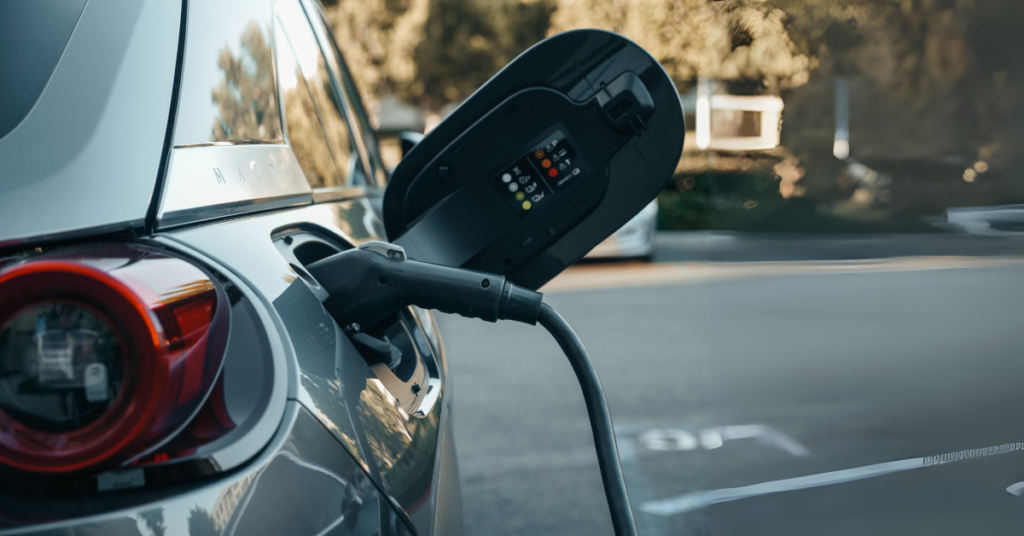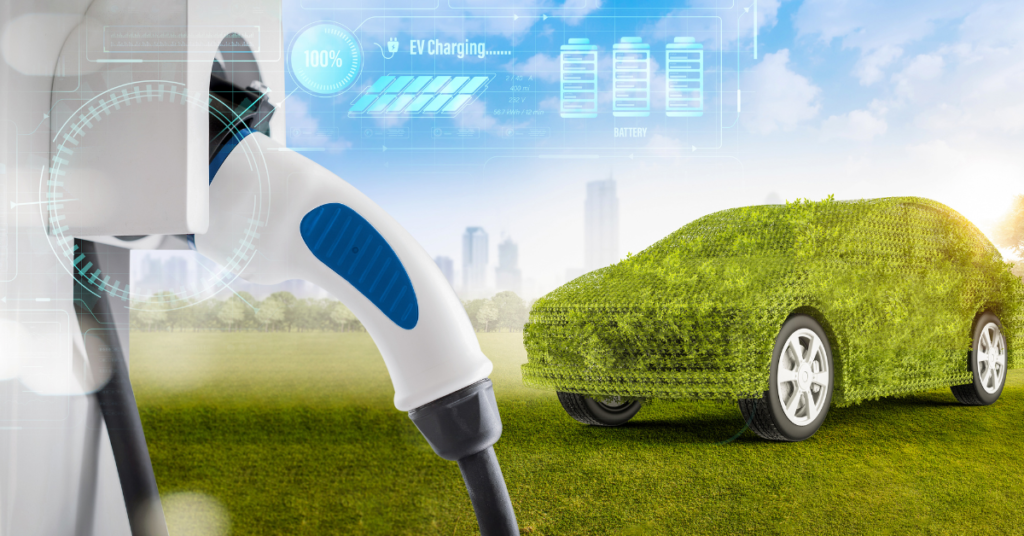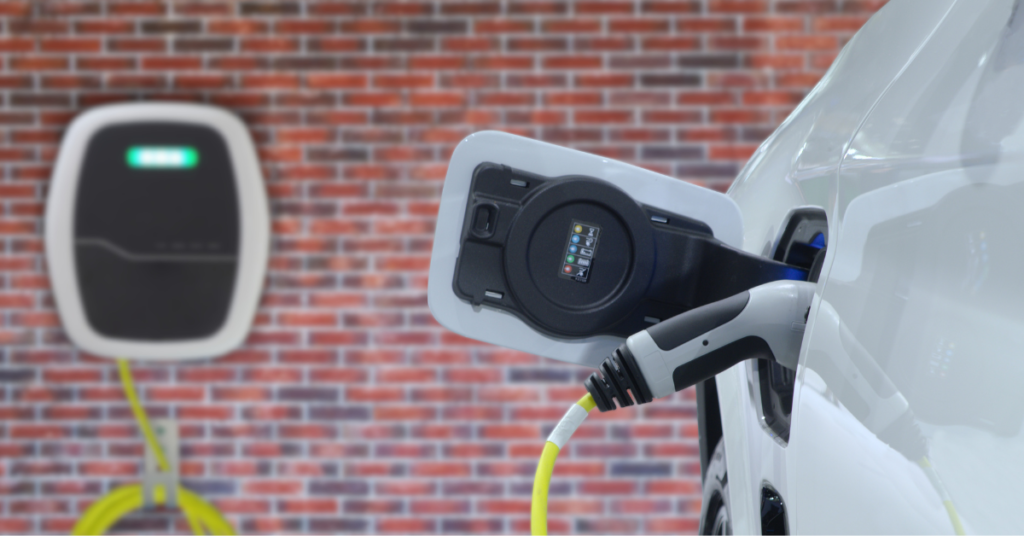Tesla Charger Installation: A Complete Guide for UAE Customers
As Tesla gains traction in the UAE, with its futuristic electric vehicles (EVs) zipping through the streets of Dubai, Abu Dhabi, and beyond, Tesla charger installation at home is becoming a top priority for owners. With the UAE’s push toward sustainability—evidenced by initiatives like the Dubai Green Mobility Strategy—installing a Tesla charger ensures you’re ready to enjoy your Model 3, Model Y, Model S, or Model X to the fullest. This detailed guide is tailored for UAE customers, covering the benefits, costs, installation process, and tips to optimize your Tesla charger installation in the UAE, all while aligning with local standards and regulations. Why UAE Tesla Owners Should Choose Home Charger Installation The UAE’s growing EV ecosystem, including Tesla Superchargers in Dubai and Abu Dhabi, is impressive, but nothing beats the convenience of a Tesla charger at home. Here’s why Tesla charger installation is a smart move for UAE residents: 1. Ultimate Convenience With a Tesla home charger, you can charge overnight in your villa or apartment parking space, avoiding queues at public stations and ensuring your Tesla is always ready. 2. Cost Savings Charging at home with off-peak electricity rates from providers like DEWA (Dubai Electricity and Water Authority) or ADDC (Abu Dhabi Distribution Company) slashes your Tesla charging costs compared to Supercharger rates. 3. Faster Charging The Tesla Wall Connector, Tesla’s flagship home charger, delivers up to 44 miles of range per hour—perfect for UAE’s fast-paced lifestyle. 4. Property Value Boost A home with a Tesla charger installation in the UAE stands out in the real estate market, appealing to eco-conscious buyers in a country prioritizing sustainability. Types of Tesla Chargers for UAE Homes Before diving into Tesla charger installation, UAE customers should understand their options. Tesla offers two main solutions for home charging: Tesla Wall Connector Description: A Level 2 charger designed for Tesla vehicles, adjustable up to 48 amps with smart features like Wi-Fi. Charging Speed: Adds 30-44 miles of range per hour, depending on your Tesla model and electrical setup. Best For: UAE Tesla owners wanting fast, reliable home charging. Mobile Connector Description: A portable charger included with your Tesla, compatible with standard 120V or 240V outlets via adapters. Charging Speed: Slower (3-5 miles/hour on 120V; up to 30 miles on 240V). Best For: Backup or low-mileage drivers in the UAE. For most UAE Tesla owners, the Tesla Wall Connector is the top choice for Tesla charger installation, offering speed and integration tailored to Tesla’s technology. The Tesla Charger Installation Process in the UAE Installing a Tesla charger in your UAE home requires planning and professional expertise. Here’s a step-by-step guide customized for the region: Step 1: Assess Your Electrical Capacity A certified electrician must check your home’s electrical panel to support the Tesla Wall Connector (typically needing a 240V circuit and 60-amp breaker). Many UAE villas are well-equipped, but older properties may need upgrades. Step 2: Select Your Charger Order the Tesla Wall Connector from Tesla’s website or authorized UAE distributors like Al-Futtaim Electric Mobility. It’s optimized for all Tesla models sold in the region. Step 3: Choose an Installation Spot Pick a location near your parking area—garage, carport, or driveway. In the UAE’s hot climate, ensure the charger is shaded or weatherproofed. Step 4: Obtain Approvals For villas, check with your local municipality. For apartments, secure permission from building management and comply with DEWA or ADDC guidelines for Tesla charger installation in the UAE. Step 5: Hire a Licensed Installer Work with a Tesla-certified or UAE-licensed electrician to mount the charger, run wiring, and connect it safely to your power supply. Step 6: Test and Set Up Test the charger with your Tesla and configure it via the Tesla app, which is especially handy for scheduling around UAE’s off-peak rates. Costs of Tesla Charger Installation in the UAE The cost of Tesla charger installation in the UAE depends on equipment, labor, and electrical requirements. Here’s a breakdown: Tesla Wall Connector: AED 2,000–3,000. Installation Fees: AED 1,500–3,500, based on complexity and electrician rates. Electrical Upgrades: AED 2,000–5,000 if your panel needs enhancement. Total Estimate: AED 5,500–11,500 for a full setup. Check with DEWA or local authorities for incentives that might offset your Tesla charging costs. Key Benefits of Tesla Charger Installation for UAE Customers A Tesla charger at home offers unique advantages in the UAE’s EV-friendly environment: Smart Integration: The Wall Connector syncs with the Tesla app, letting you monitor and schedule charging effortlessly. Climate Resilience: Designed to withstand the UAE’s heat, ensuring consistent performance. Sustainability Alignment: Supports the UAE’s Vision 2021 and net-zero goals by reducing reliance on fossil fuels. Tips to Maximize Your Tesla Charger in the UAE Charge Off-Peak: Use DEWA’s lower tariffs (e.g., 11 PM–7 AM) to minimize Tesla charging costs. Protect from Heat: Install a canopy or use a garage to shield your charger from direct sunlight. Pair with Solar: Leverage the UAE’s abundant sunshine by integrating solar panels, a growing trend among Tesla owners. Stay Compliant: Follow DEWA or ADDC regulations to avoid penalties. Common Questions About Tesla Charger Installation in the UAE How Long Does Installation Take? A Tesla Wall Connector setup typically takes 4–8 hours, assuming no major electrical upgrades. Can I Install a Charger in My UAE Apartment? Yes, but you’ll need approval from your building management and may face space or power constraints. Is the Tesla Wall Connector Compatible with UAE Power? Yes, it’s designed for 240V systems, matching UAE standards, but confirm with your installer. How Much Range Does the Wall Connector Add? Up to 44 miles per hour for Model S/X, slightly less for Model 3/Y—ideal for UAE commutes. Why UAE Tesla Owners Should Install a Charger Now With Tesla Superchargers expanding across the UAE—from Dubai Mall to Yas Island—home charging might seem optional. However, Tesla charger installation offers unmatched convenience and cost efficiency, aligning with the UAE’s sustainable future. Whether you’re navigating Dubai’s busy roads or exploring the desert, a fully charged Tesla is just a plug away. Ready to
Tesla Charger Installation: A Complete Guide for UAE Customers Read More »



